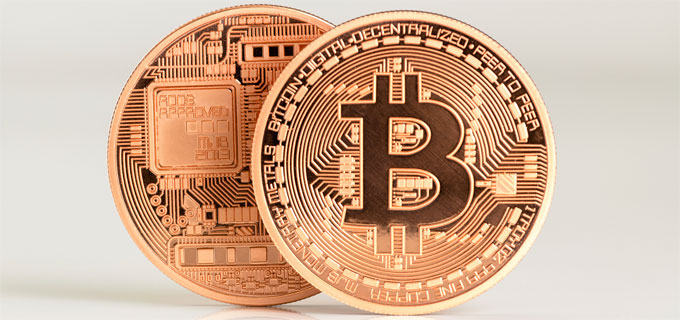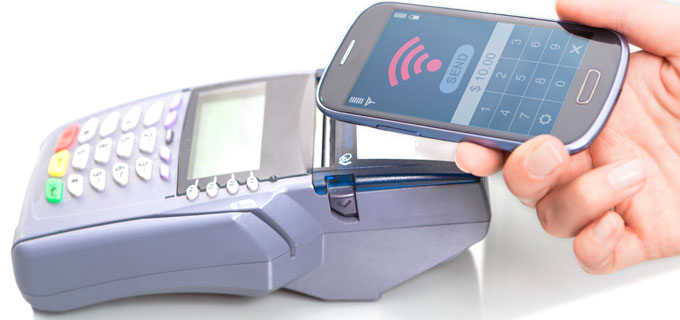Tough medicine for the UK payments system – but how sick is the patient?
On 13 November 2014, the UK Payments System Regulator (PSR) released “A new regulatory framework for payment systems in the UK”. This document outlines, and seeks feedback on, the PSR’s thinking on its regulatory approach in the lead-up to becoming operational in April 2015.
The PSR is a new economic regulator that sits within the Financial Conduct Authority and has broad powers to designate payment systems and impose standards. While on paper, the PSR’s powers are not too dissimilar to those of Australia’s own Payments System Board, at first glance, the 13 November consultation paper suggests a much more invasive, and it could be argued ill-conceived, regulatory stance.



